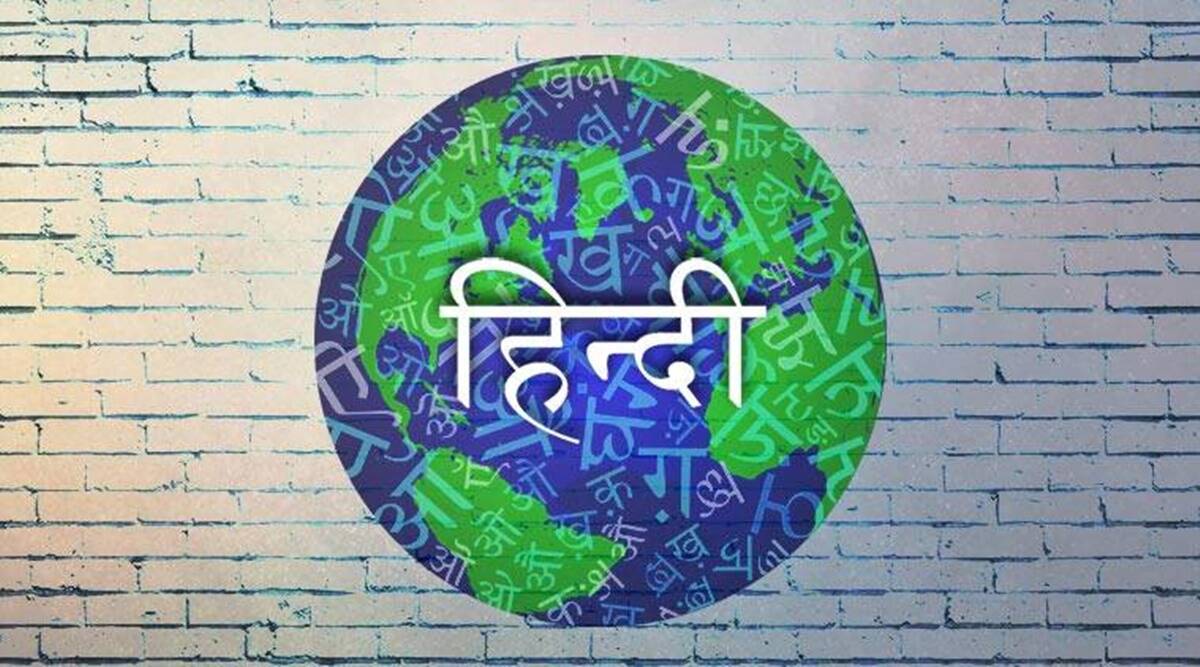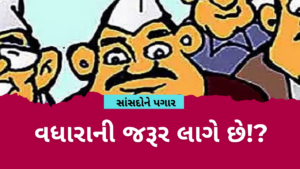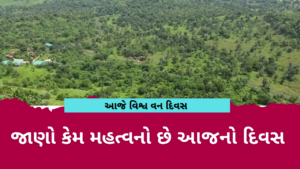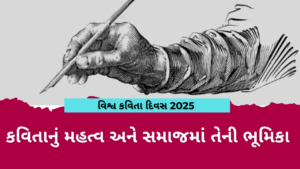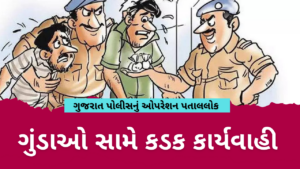Before we jump to the dialects of Hindi, let us know some facts and dates about Hindi language:
- Hindi got the status of national language on 14 September 1949 after independence
- Hindi is the fourth most spoken and widely known language in the world after English, Spanish, and Mandarin
- Hindi is the unity mantra of the country.
- The role of Hindi was tremendous in the freedom struggle.
- In 1917, the father of the nation, Mahatma Gandhi advocated for the recognition of Hindi as the first national language in Bharuch, Gujarat.
How was Hindi Diwas declared?
After the country became independent, the biggest question was about language. Many languages are spoken in India. Choosing one of these languages as the official language of India was a big question for the framers of our constitution. On 6 December 1946, the Constituent Assembly was formed to draft the Constitution of Azad India. The final form of the Constitution was approved by the Constituent Assembly on 26 November 1949, and then Azad India’s own Constitution came into effect on 26 January 1950. But the biggest question at that time was which language to choose as the official language. After much deliberation, it was decided that Hindi and English were chosen as the languages of the new nation. The Constituent Assembly accepted Hindi written in the Devanagari script as the official language of the nation along with English. But then on 14 September 1949, the Constituent Assembly unanimously decided that Hindi would be the official language of India.
The first Hindi Day was celebrated in India in 1953
In 1918, the President of India, and Mahatma Gandhi, took the initiative to make Hindi the national language at the Hindi Literary Conference. Gandhi called Hindi the language of the people. The first Hindi Day in India was celebrated on 14 September 1953 after independence. Since then till now 14 September is celebrated as Hindi Day.
Hindi reached new heights in the 21st century
Although the language of great men like Mahatma Gandhi, Subhash Chandra Bose, Rabindranath Tagore, Bal Gangadhar Tilak, Chakraborty Rajagopalacharya, and Lala Lajpatrai was not Hindi, the use of Hindi was deemed appropriate to bring public awareness in the country. Hindi reached new heights in the 21st century. The beauty of this language is that Hindi has become a medium of employment in the 21st century. Hindi has become indispensable and necessary in the market during industrialization and commercialization. Hindi has given employment to lakhs and crores of Indians. The relevance and utility of Hindi have paved the way for translation work in Hindi, which has connected Hindi with the market and employment.
Even Bill Gates says that Hindi is the best script of its own and is spoken in other countries as well
Microsoft founder Bill Gates once said in his speech that when the technique of speaking and writing will be developed, Hindi will be the most successful because of the excellence of its script. This idea seems to be taking hold today. Hindi is among the 10 most powerful languages in the world as calculated by the World Economic Forum. About 70 crore people speak Hindi in India. Hindi is spoken almost everywhere in Pakistan. A large number of people also speak Hindi in Bangladesh, Nepal, Bhutan, Tibet, Myanmar, and Afghanistan. Not only that, countries like Fiji, Guyana, Suriname, and Trinidad have been settled by Hindi speakers. In one sense, the population of the Hindi community is about 100 crores.
But while we speak Hindi in India, we never think it does have dialects in different parts of the country
Braj Bhasha or Boli, of the northwestern part of the state of Uttar Pradesh eastern part of the state of Rajasthan, and the southern part of the state of Haryana. It is interestingly known for the language that comes from the land of Lord Krishna. It is also known as Dehaati Zubaan generally penned down by famous poets in the literature like Surdas, Bhai Gurdas, and Amir Khusro.
Khari Boli is spoken in Delhi, its surrounding area in the state of Uttar Pradesh as well as the western region of the state of Uttarakhand. Hindi literature which is composed after the 18th century is in Khari Boli.
Haryanvi as the name suggests is mostly spoken in the state of Haryana and surrounding areas. It is widely spoken in the northern state of Haryana as well as Delhi. This dialect finds some similarities with other dialects of Hindi such as Braj Bhasha.
Bundeli is again as the name suggests comes from Bundelkhand which includes some parts of Uttar Pradesh and majorly Madhya Pradesh.
Awadhi is a dialect of Hindi that is spoken in the historical region of Awadh (Oudh) of Uttar Pradesh or we can say the language of Awadh kings. Along with that, it is also spoken in the states of Bihar, Madhya Pradesh, and Delhi as well as in Nepal. You can also see the influence of Awadhi in Fiji. So next time you are in Lucknow, you can try Awadhi.
Bagheli is a dialect of Hindi which is spoken in the Baghelkhand region of central India. The Bagheli speakers are found mainly in six districts of Madhya Pradesh especially Rewa, Satna, Sidhi, Shahdol, Umaria, and Anuppur.
Kannauji is a dialect of Hindi which is spoken in the parts of the state of Kannauj in the state of Uttar Pradesh as well as some other parts of the same state. Some consider Kannauji a separate language of its own which is closely related to Hindi. Kannauji also has two dialects like Tirhari and Transitional Kanauji, which is between standard Kanauji and Awadhi.
Chhattisgarhi is a dialect of Hindi which is also the official language in the Indian state of Chhattisgarh and is also spoken in adjacent areas of Madhya Pradesh, Orissa, and Jharkhand.
Also, Hindi has an influence on the language called Hindustani, which is the lingua franca of Northern & Central India and Pakistan. Hindustani is a pluricentric language with two standard registers, known as Hindi and Urdu. Thus, the language is sometimes called Hindi–Urdu. Hindustani also borrowed Persian prefixes to create new words. Persian affixes became so assimilated that they were used with original Khari Boli words as well.
Well, that was all of Hindi, tell us which one is yours?

